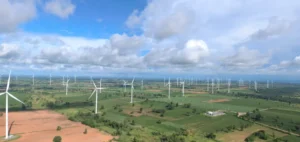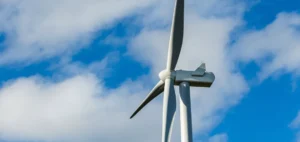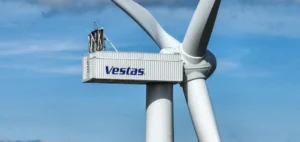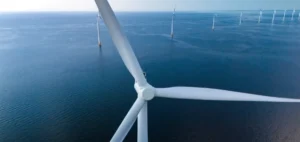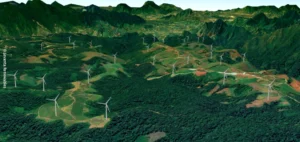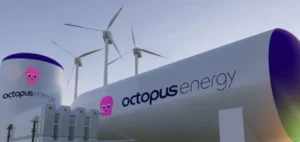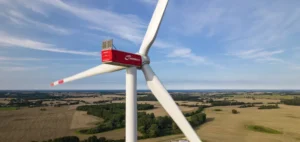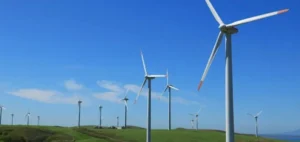The American company Airloom Energy, notably funded by Breakthrough Energy Ventures, a fund supported by Bill Gates, has begun construction of a pilot site dedicated to validating its next-generation wind turbines intended for large-scale electricity production.
A project addressing growing energy challenges
The selected site is located near Rock River in the state of Wyoming, where Airloom Energy plans to test its first industrial-scale wind turbine. The company aims to demonstrate the performance of a model designed to generate more energy while substantially reducing costs and deployment time. The stated goal is to provide a technological solution to worrying forecasts regarding future capacities of the American electrical grid.
Indeed, according to the North American Electric Reliability Corporation (NERC), nearly 50% of U.S. territory could face significant energy shortfalls by 2035. Additionally, research firm Gartner predicts that by 2027, around 40% of global data centres could experience insufficient power supplies due to rising demand linked to artificial intelligence.
A redesigned technology to optimise space
Unlike traditional Horizontal-Axis Wind Turbines (HAWT), Airloom Energy develops modular models featuring rectangular rather than circular architecture. This technical innovation would enhance wind capture and energy efficiency, facilitating installation at various sites, particularly those with height restrictions or limited exposure to strong winds.
The turbines offered by Airloom Energy also have the advantage of rapid manufacturing and installation in less than one year, whereas traditional systems can require up to five years before becoming fully operational. The anticipated operational lifespan for these new turbines is approximately 30 years.
Institutional support and funding rounds
The pilot project has received substantial financial backing. In October 2024, Airloom Energy raised $7.5 million in seed funding from investors including Breakthrough Energy Ventures, Lowercarbon Capital, and WYVC. Additionally, in September 2024, the company secured complementary funding of $5 million through Wyoming’s Energy Matching Funds programme, as well as a $1.25 million non-dilutive contract with the U.S. Department of Defense.
The accelerated development of Airloom Energy’s pilot site is part of an effort to effectively respond to upcoming challenges in electricity supply through the demonstration of the operational and economic capabilities of its technology.
Paul Judge, former head of product management at GE Onshore Wind and an advisory board member of Airloom, described this launch as a “major turning point,” emphasizing that the pilot project represents “the beginning of a fundamentally new approach in wind energy production, tailored to future challenges in the energy sector.”






